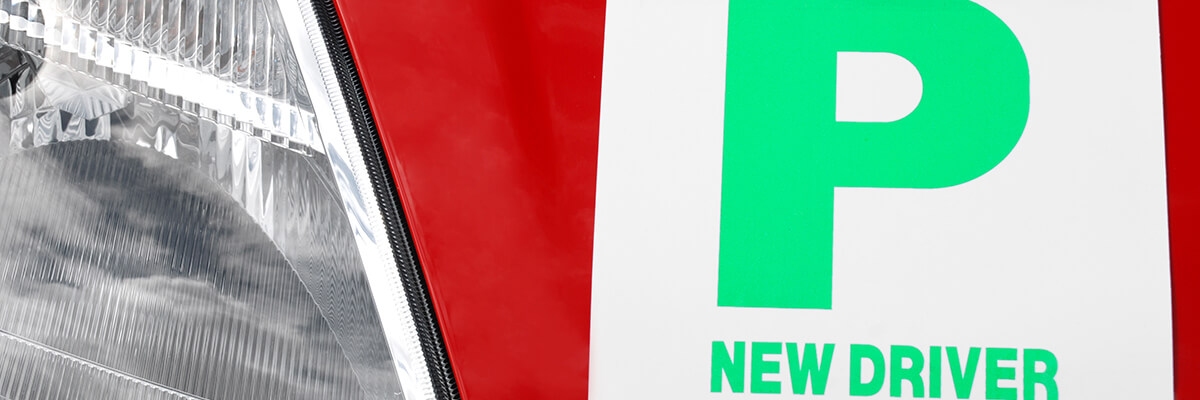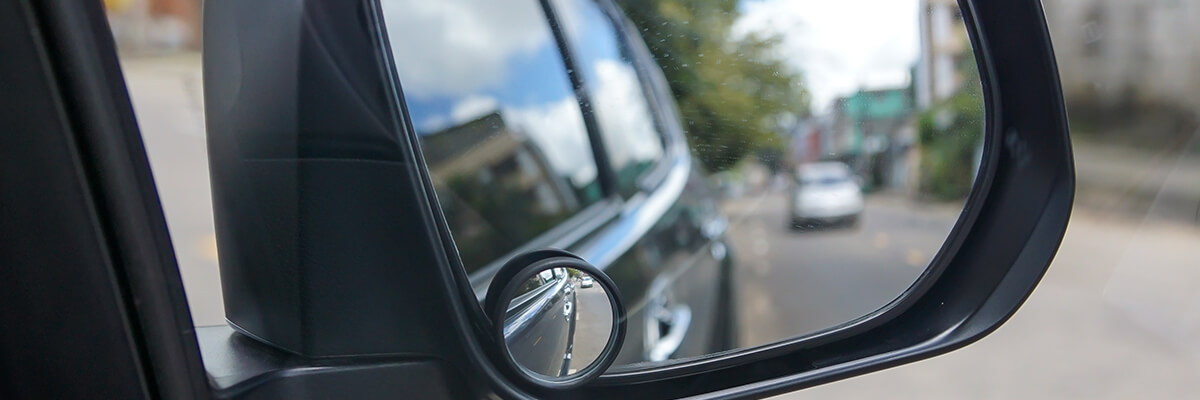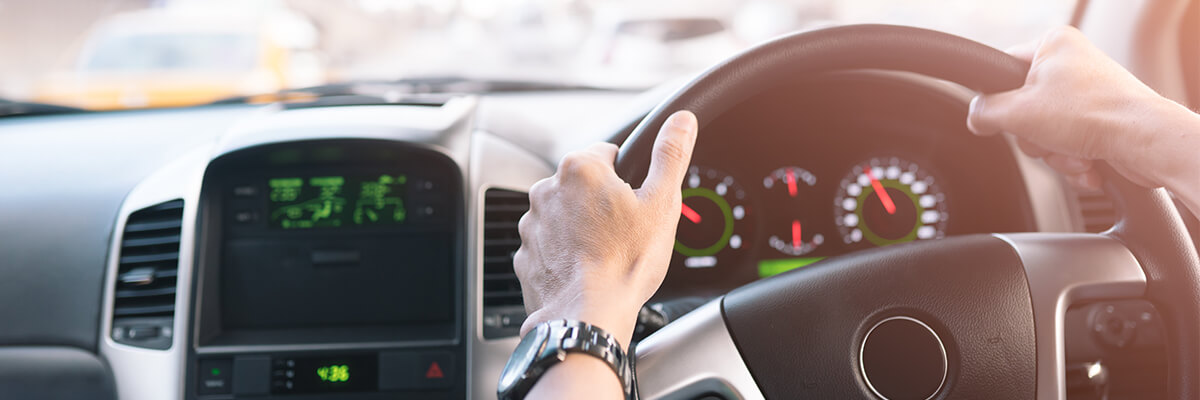It is true that the real test when it comes to driving doesn’t start until you are faced with the task of driving independently and without the reassurance of your instructor sitting next to you. Many newly passed drivers feel incredibly nervous when they have to make their first journey driving alone; however, many top tips will help to remain calm and feel confident.
Remaining Calm On Your First Journey Driving Alone
Everyone is eager for the day that they are finally given full freedom, pass their test and get their first car. Whether you are at school, college or full-time work, it’s likely that you’ll have to drive alone very soon after you’ve passed, so it’s important to get prepared.
To give you a head start, we’ve devised a list of the top tips for your first journey alone after passing.
P Plates – Yes or No?
It is entirely your choice whether you display P Plates on your car or not after you’ve passed, its not a legal requirement which means its totally down to you. Although you don’t have to have P Plates, it will give you a little more leeway with other drivers, and they’re a lot more likely to be more patient with you if you’re a bit slow or make slight mistakes.
Taking your first journey alone will be nerve-wracking, but if you have the added pressure of impatient and unkind drivers getting frustrated, it’s going to raise the stress levels. Displaying a P Plate means that other road users are notified in advance that you may make a mistake because you’re faced with situations you’ve never experienced before and that they need to give you time.
You also aren’t just limited to only displaying P Plates in your first few weeks of passing; you can add it onto your car whenever you want. So, if you try driving without and realise that, in fact, you would like a little more leeway, you can display one later on down the line.

Seat and Mirror Positioning
During your first ever lesson, your instructor would have got you to play about with both seat and mirror positioning to find what is best for you. The main aim of this is to ensure you feel comfortable in the vehicle you are driving and that you can see as much of your surroundings as possible. Do the exact same before your first journey after passing.
It is unlikely that your first car will be the same vehicle you learnt in, meaning its vital to spend some time trying out different seat and mirror positioning. Ultimately, for your seat, you need to be able to fully press down each pedal comfortably, without feeling too restricted or as if you are straining to reach the floor.
On the other hand, your mirrors, both interior and exterior, need to be angled, so you have as little blind spots as possible. As your instructor would have taught you, it is impossible to have absolutely no blind spots; however, your interior mirror will allow you to see everything behind you and exterior for everything surrounding you. If you are particularly worried about the lack of vision in blind spots, we suggest investing in additional blind spot mirrors which will maximise visibility.

Take A Test Drive
The evening before your first journey alone during busy hours, take some time out to drive around the block a few times or a quiet industrial estate, just to get used to your car. Put your phone away, don’t put the radio on and aim to drive without any passengers, give yourself some quiet time to build confidence without any distractions.
Particularly when driving in rush hour, there will be a lot of stopping and starting, which means discovering the bite point on your car is vital. Clutch control can be tricky, especially if you are in control of a car you are familiar with. Your test drive gives you the perfect opportunity to test out stopping, starting, finding the bite point and even trialling hill starts would be beneficial. The evening is an ideal time for this as roads will be quiet and there will be little other road users around to worry about, so you can focus on getting used to your car.
If you are feeling particularly worried about taking a test drive and do not want to go alone, you may benefit from taking along a trustworthy, sensible and patient family member or friend along with you. Ideally, you want to take alone a parent or someone who is insured on your vehicle, as it means if things get too much, they can get into the driver’s seat and navigate home.

Hold Back On Road Trips
Especially if you are the first member of your friendship group to pass your test, it can be very tempting to go and pick all of your friends up and take them out in your car. While there is nothing wrong with this and your licence is there to enjoy, maybe hold off on the road trips until you have a little more experience.
There is no pressure to feel confident and constantly drive when you’ve just passed, take things at your own pace and spend some time driving independantly. As much as no one hates to admit it, if your friends are in the car, you’ll feel very determined not to make any mistakes and feel embarrassed if something doesn’t go your way entirely, multiplying stress even more. Get used to your vehicle, practice and then show off your skills to your friends later on down the line.
Lastly, Believe In Yourself
One of the best pieces of advice you can be given for your first ever journey driving alone and what we always tell our pupils taking driving lessons in Milton Keynes, is to believe in yourself. What many newly passed drivers forget is, if you were a bad driver and were not skilled enough to face the roads alone, your examiner would not have awarded you with a pass. Be confident in your driving skills, do not let other drivers intimidate you and remain calm!
